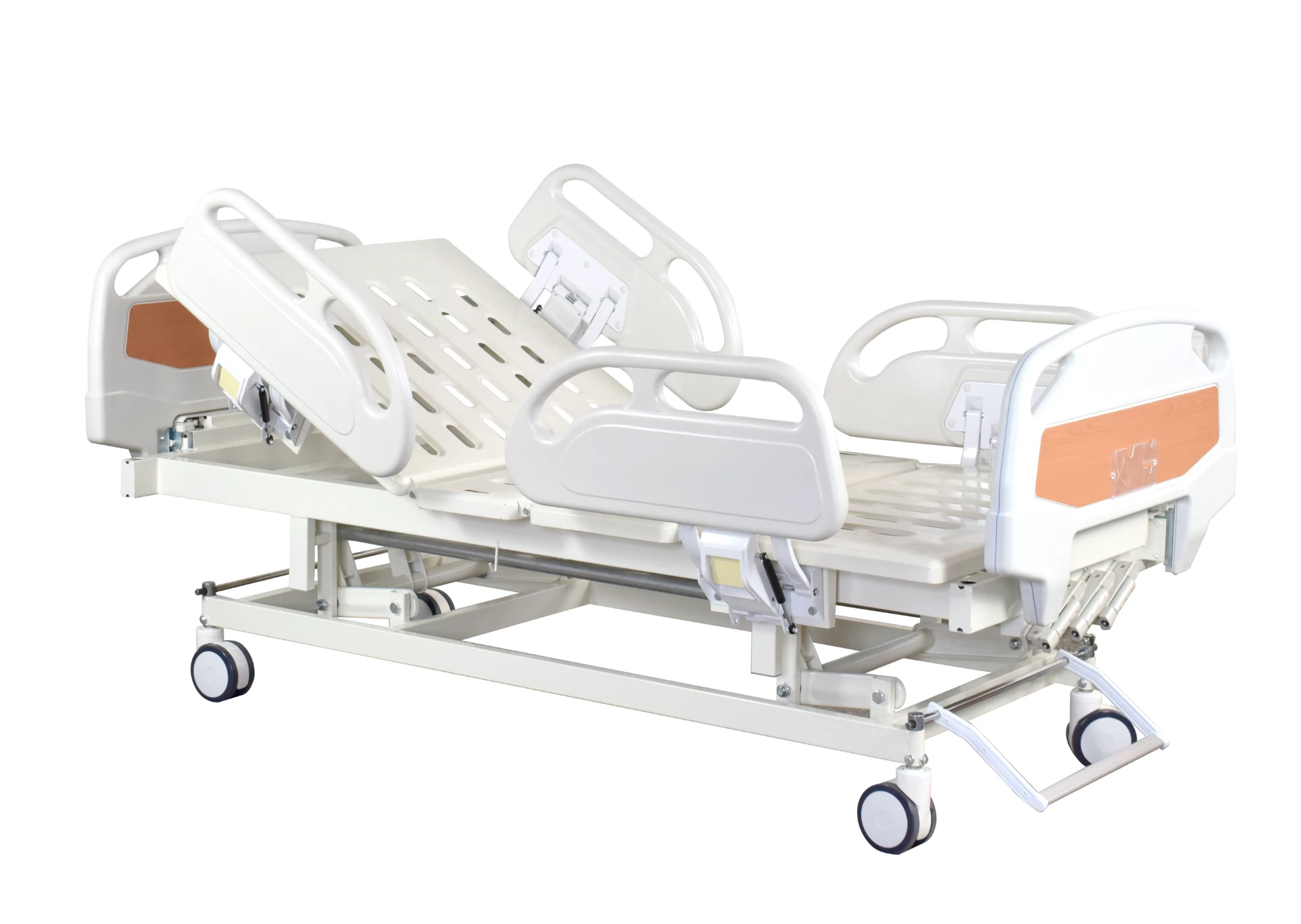Welcome to our websites!
Hospital Emergency Carts Essential for Rapid Response and Patient Care in Critical Situations
The Importance of Emergency Carts in Hospitals
In the fast-paced environment of modern healthcare, time is of the essence, particularly during emergencies. The rapid response to critical situations can mean the difference between life and death. One crucial element in ensuring that medical staff is prepared for these urgent scenarios is the emergency cart, also known as a crash cart. These mobile units contain essential supplies and equipment required to stabilize and treat patients facing life-threatening conditions.
Definition and Purpose
Emergency carts are specialized wheeled units stocked with a variety of medical supplies and equipment designed to provide immediate care. They are strategically placed throughout hospitals, usually in locations like emergency rooms, intensive care units, and surgery departments. Their primary purpose is to facilitate a swift response to urgent medical situations. Time is a critical factor, and having immediate access to life-saving equipment can significantly impact patient outcomes.
Essential Components of an Emergency Cart
A well-equipped emergency cart typically contains a range of items essential for cardiovascular emergencies and life-support situations. Common components include
1. Defibrillator Used to administer a jolt of electricity to restore a normal heartbeat in cases of cardiac arrest.
3. Medications Emergency medications such as epinephrine, atropine, and amiodarone are often included. These drugs are crucial for treating various acute medical conditions.
4. Intravenous Supplies This section contains IV fluids, catheters, and tubing for administering medications or fluids quickly.
emergency carts hospital

5. Monitoring Equipment Vital signs monitors provide real-time updates on a patient's status, helping healthcare providers make informed decisions.
6. Miscellaneous Supplies Other items may include trauma dressings, suturing materials, and emergency pediatric supplies, ensuring that all patients, regardless of age, receive appropriate care.
The Need for Regular Maintenance
An emergency cart’s effectiveness hinges on its proper upkeep. Hospitals must implement rigorous maintenance protocols to ensure that all supplies are stocked, medications are not expired, and equipment is in working order. Regular checks should be conducted to verify that the cart is ready for use at a moment's notice. This maintenance routine not only enhances patient safety but also builds staff confidence in their ability to respond effectively in emergencies.
Staff Training and Familiarity
While having a well-stocked emergency cart is vital, it is equally important for hospital staff to be trained in its use. Regular training sessions and simulations can help ensure that all team members are familiar with the cart's contents, know how to operate the equipment, and can provide emergency interventions efficiently. Such preparedness can improve response times and lead to better overall patient outcomes.
Technology Integration
The advancement of technology in healthcare has led to the integration of more sophisticated tools in emergency carts. Some modern carts may be equipped with digital monitors and automated medication dispensers, which can further streamline the emergency response process. The incorporation of technology allows for more precise medical interventions, as well as better tracking of inventory and usage rates.
Conclusion
In conclusion, emergency carts serve a critical role in hospital settings. They are designed to provide healthcare professionals with the necessary tools and supplies to respond promptly to life-threatening situations. The effectiveness of an emergency cart relies not only on its contents but also on the commitment of hospital staff to maintain, familiarize, and utilize these essential resources properly. As technology continues to evolve, the capabilities of emergency carts will likely expand, further enhancing their role in delivering swift and effective patient care. Ultimately, well-prepared emergency carts can save lives and contribute significantly to the overall quality of healthcare delivery in hospitals.
-
Transforming Healthcare with Hospital FurnitureNewsJun.24,2025
-
Rehabilitation EquipmentNewsJun.24,2025
-
Mobility and Independence with WheelchairsNewsJun.24,2025
-
Freedom of Mobility with Our Rollator WalkersNewsJun.24,2025
-
Comfort and Independence with Commode ChairsNewsJun.24,2025
-
Bathing Safety and Independence with Shower ChairsNewsJun.24,2025
-
Navigating the Wholesale Landscape of Electric Mobility Solutions: Key Considerations for Power Wheelchair DealersNewsJun.10,2025











